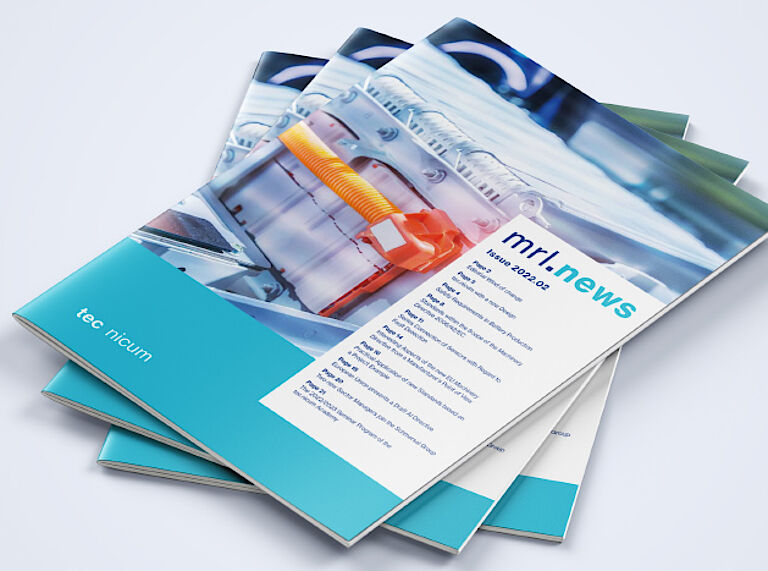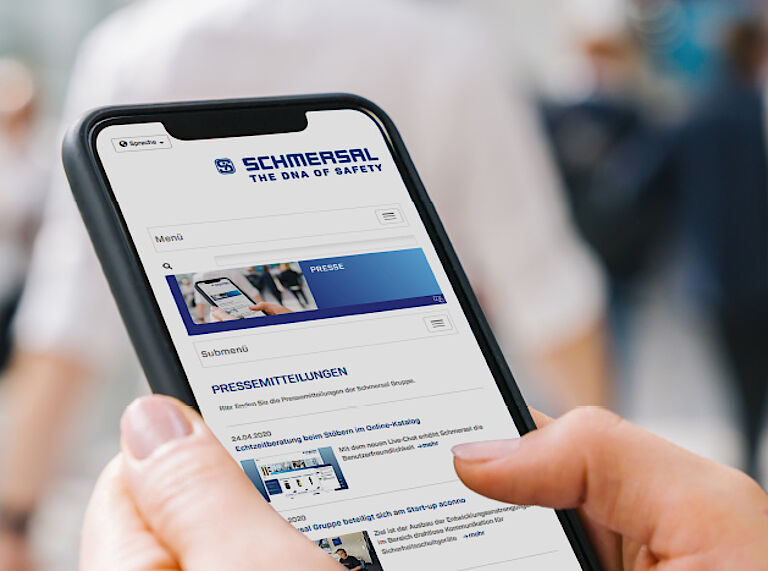These “Norms” form a hierarchical structure which include:
Type A Standards: Fundamental Safety Standards which contain basic concepts, principles of design, and general aspects applicable to all machinery.
Type B Standards: Group Safety Standards, each of which focuses on a specific subject applicable to a range of machinery types. “B1 Standards” cover a specific safety aspect defined in the Fundamental Standards. “B2 Standards” cover the requirements of specific safety related devices such as two-hand controls, interlocking devices, movable guards, etc.
Type C Standards: Specific Machine Safety Standards, each of which define protective measures required for hazardous areas of a specific machine or group of machines.
Type A and Type B Standards are intended to assist in the machinery design process, and eliminate the need to repeat these general requirements in the machine- specific (Type C) Standards.
Many product standards are still in the planning stage and the number of Type C Standards is continuously increasing. Some are still in draft form (designated as “prEN” standards). Others exist as finished (“EN”) standards.
Where no machine-specific standard exists, the requirements of the Machinery Directive can be satisfied by observing existing European Standards and relevant national standards/specifications. Draft standards (prEN) published by the European Union are also accepted and used as a basis for evaluating products for compliance to the Directives. It is important to note that such draft standards may change before being finalized and adopted as EN standards.
Selected European Standards
Type “A” Standards:
EN ISO 12100 Safety Machinery – Principles of Risk Assessment and Risk Reduction
Type “B1” Standards:
EN ISO 13849-1 Safety of Machinery – Safety-Related Parts of Control Systems – Part 1: General Principles for Design
EN ISO 13857 Safety of Machinery – Safety Distances to Prevent Danger Zones from Being Reached by Upper and Lower Limbs.
EN ISO 13854 Safety of Machinery. Minimum gaps to avoid crushing of parts of the human body
EN ISO 13855 Safety of Machinery – The Positioning of Protective Equipment in Respect of Approach Speeds of the Human Body.
Type “B2” Standards:
EN ISO 13850 Safety of Machinery – Emergency Stop Devices, Functional Aspects – Principles for Design.
EN ISO 13851 Safety of Machinery – Two-hand control devices. Principles for design and selection
EN ISO 13856-1 Safety of Machinery – Pressure Sensitive Safety Devices – Mats & Floors.
EN ISO 13856-2 Safety of Machinery – Pressure Sensitive Safety Devices – Edges & Bars.
EN ISO 14119 Safety of Machinery – Interlocking Devices Associated with Guards – Principles for Design & Selection.
EN ISO 14120 Safety of Machinery – General Requirements for the Design and Construction of Guards.
EN IEC 61496-1 Safety of machinery. Electro-sensitive protective equipment. General requirements and tests
EN IEC 61496-2 Safety of machinery. Electro-sensitive protective equipment. Particular requirements for equipment using active opto-electronic protective devices (AOPDs)
EN IEC 61496-3 Safety of machinery. Electro-sensitive protective equipment. Particular requirements for active opto-electronic protective devices responsive to diffuse Reflection (AOPDDR)
Type “C” Standards:
EN415 Packaging Machines
EN ISO 16092-2 Machine tools safety. Presses. Safety requirement for mechanical presses
EN693 Hydraulic Presses
EN746 Thermoprocessing Machines
EN931 Footwear Manufacturing Machines
EN1114-1 Rubber & Plastics Machines
EN1672 Food Processing Machines






